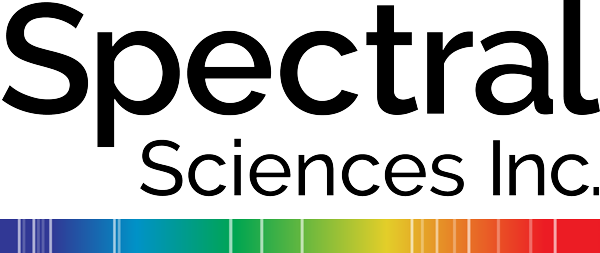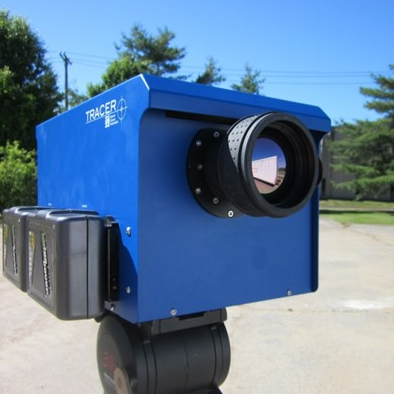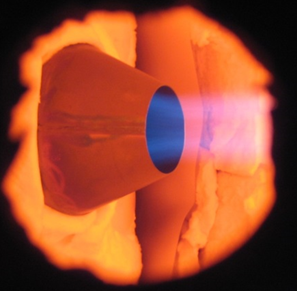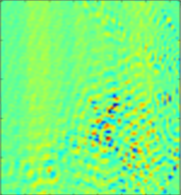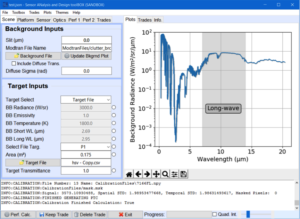Our team designs, builds, and deciphers prototype sensors and algorithms that enable our customers to turn a wide variety of light spectra into usable data.
Technical Contact
Dr. Jason Cline
Related Links
ABSTRACT
- Ecosystem carbon-cycle characterization and agricultural monitoring
A lightweight, spectral-imaging sensor integrated into a small drone multicopter will produce high-resolution maps of plant health for ecosystem research and precision agriculture. Read more …
- Portable, stand-off spectral imaging camera for detection of effluents and residues
A new, compact and portable spectral imaging camera, employing a MEMs-based encoded imaging approach, has been built and demonstrated for detection of hazardous contaminants including gaseous effluents and solid-liquid residues on surfaces. The camera is called the Thermal infrared Reconfigurable Analysis Camera for Effluents and Residues (TRACER). TRACER operates in the long wave infrared and has the potential to detect a wide variety of materials with characteristic spectral signatures in that region. Read more …
- Prediction of rarefied micro-nozzle flows using the SPARTA library
The accurate numerical prediction of gas flows within micro-nozzles can help evaluate the performance and enable the design of optimal configurations for micro-propulsion systems. Viscous effects within the large boundary layers can have a strong impact on the nozzle performance. Furthermore, the variation in collision length scales from continuum to rarefied preclude the use of continuum-based computational fluid dynamics.
- A compact, thermal-infrared spectral imager for chemical-specific detection
A second-generation long-wave hyperspectral imager based on micro-electro-mechanical systems (MEMS) technology is in development. Spectral and spatial encoding using a MEMS digital micro-mirror device enables fast, multiplexed data acquisition with arbitrary spectral response functions.
- Infrared transform spectral imager
A dispersive transform spectral imager named FAROS (FAst Reconfigurable Optical Sensor) has been developed for high frame rate, moderate-to-high resolution hyperspectral imaging. A programmable digital micromirror array (DMA) modulator makes it possible to adjust spectral, temporal and spatial resolution in real time to achieve optimum tradeoff for dynamic monitoring requirements.
- Turbine engine temperature pattern factor control systen based on fuel modulation and passive optical sensors
We present preliminary results for a new passive optical sensor that is the basis for a temperature pattern factor control system. The sensor uses the natural combustion radiance in several spectral bands to deduce the local pre-combustion equivalence ratio, which is correlated with local combustor exit temperature. The sensor was applied in an arc-sector combustor and in a closed-loop control system in a four-way laboratory burner.
